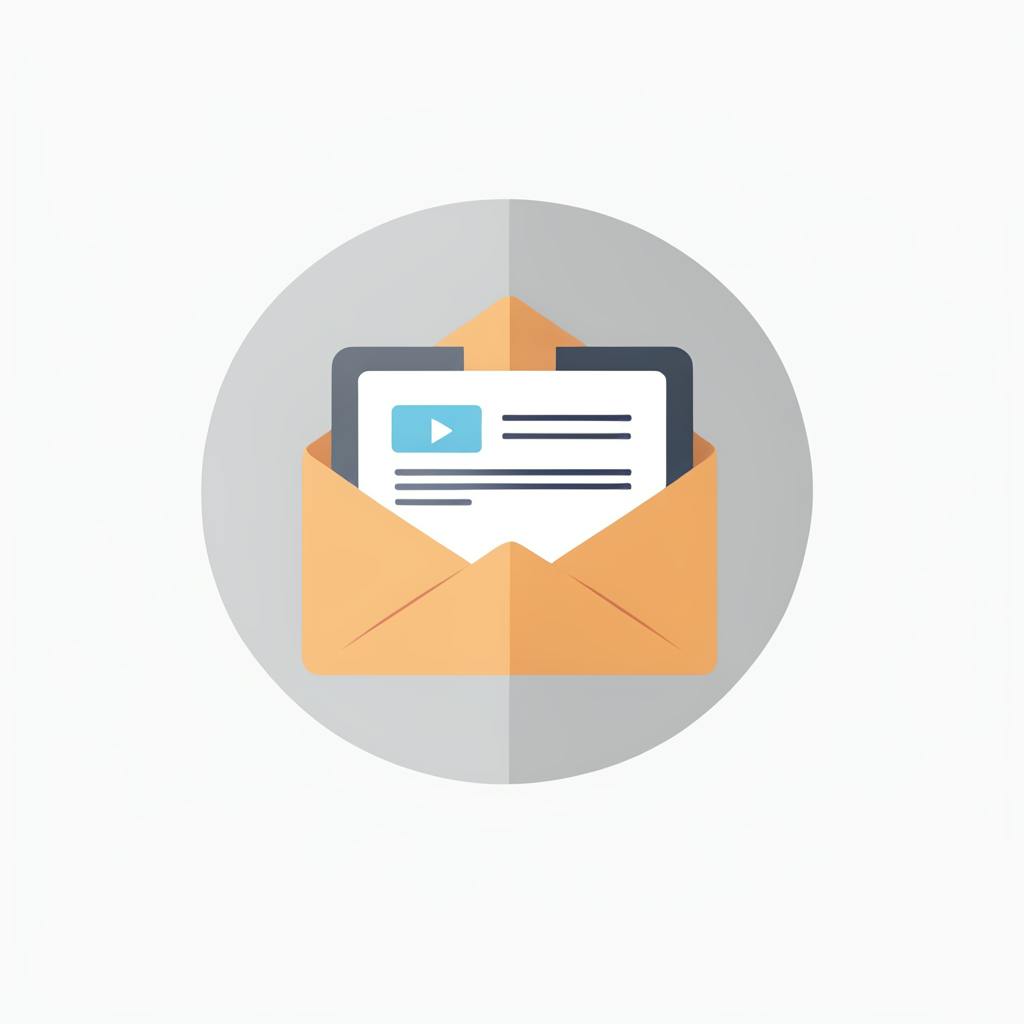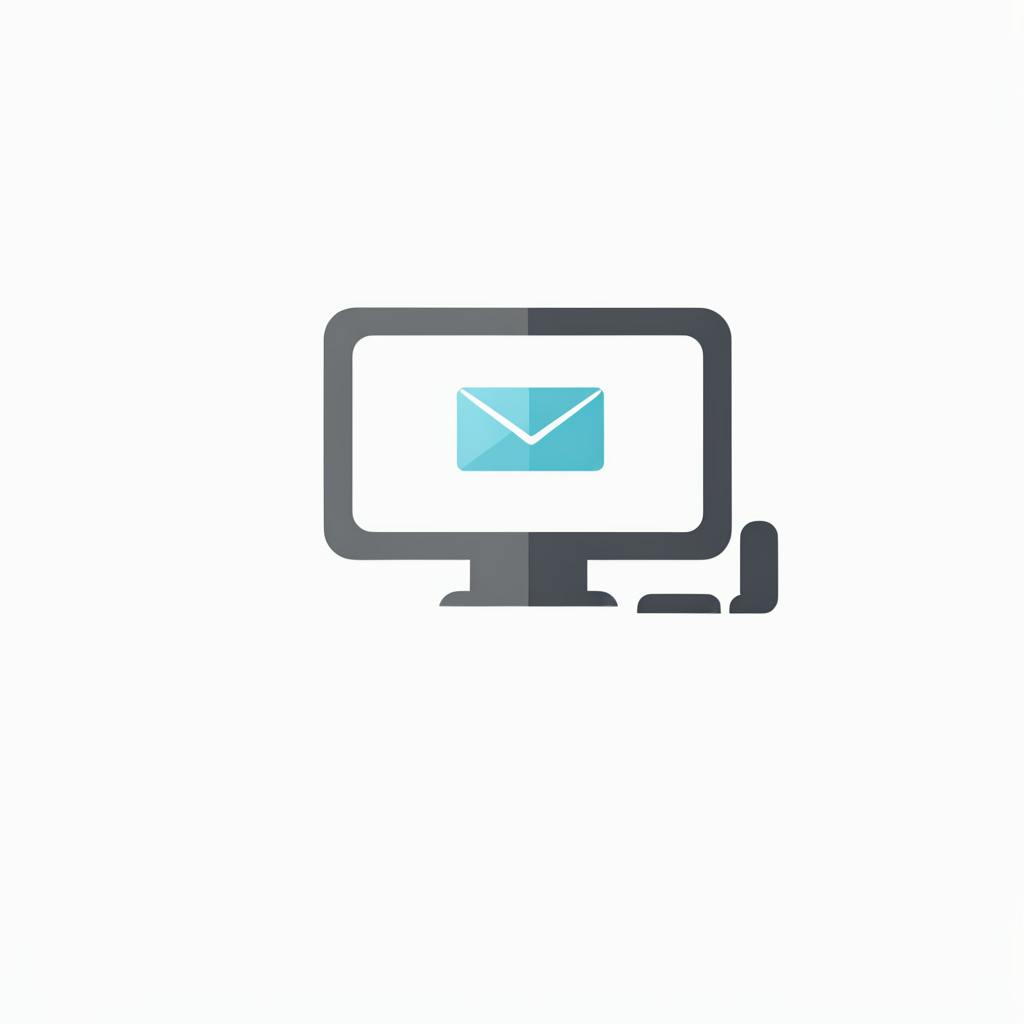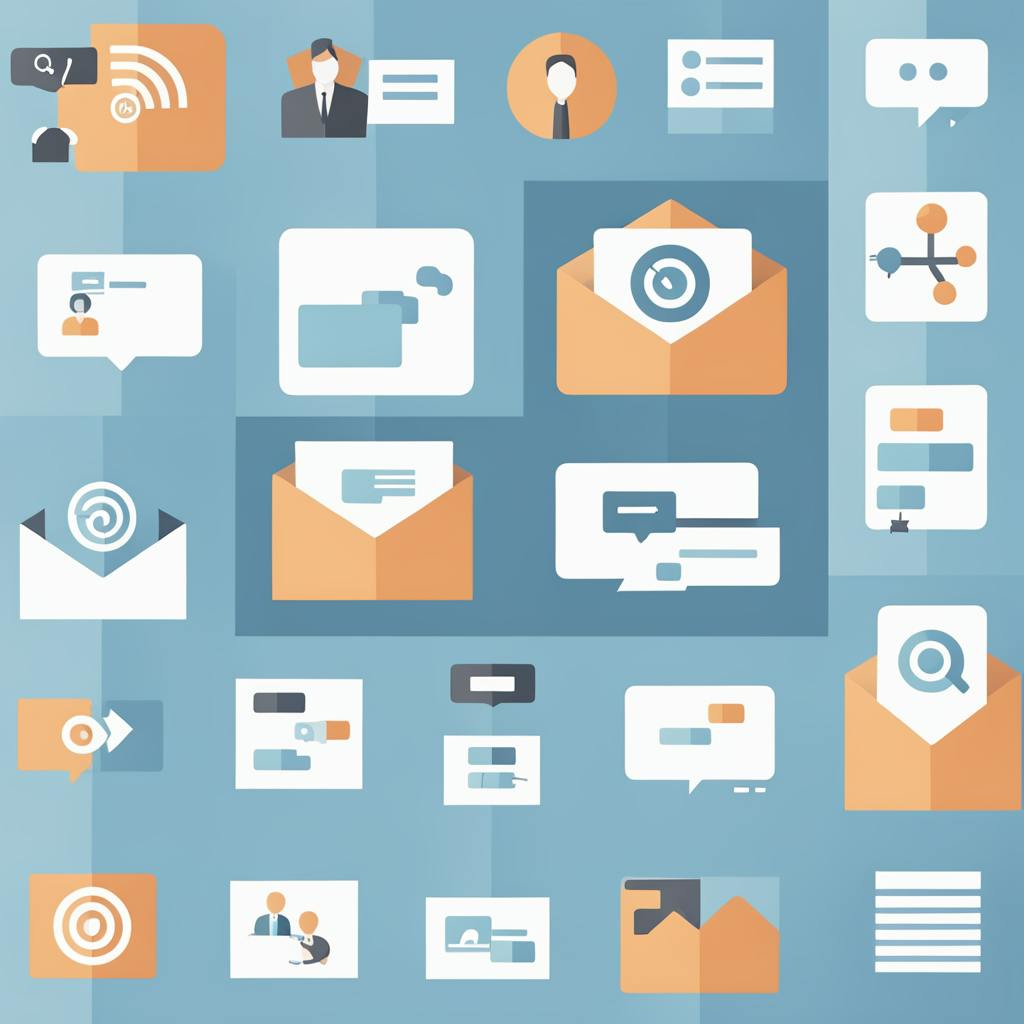In the ever-evolving landscape of digital marketing, the term 'automatisation emailing' is swiftly becoming a strategic focal point for businesses aiming to enhance customer engagement while optimizing their resources. This article will delve into how automating your email marketing efforts can serve as a crucial asset to your campaigns, highlighting key points and addressing frequently asked questions about this transformative technology.
Why Automatisation Emailing?
Automatisation emailing involves streamlining your email marketing campaigns with the help of automated systems and tools. This approach not only reduces manual labor but also ensures that your emails are targeted, timely, and relevant.
By harnessing the power of automated email systems, businesses can repeatedly deliver tailored content to segmented audiences without the repetitive task of manual sending. This leads to enhanced customer interactions and stronger brand loyalty.
Picture this - a potential customer visits your site but leaves without purchasing. An automated email system can ensure they receive a personalized follow-up email, suggesting similar products or offering an exclusive deal. Imagine the increased conversion rates!
According to a report from DMA, automated emails generate an impressive 320% more revenue than non-automated emails. These systems utilize smart algorithms and data analytics to optimize performance, ensuring your marketing dollars are well-spent.
Key Benefits of Automatisation in Emailing
1. Streamlined Communication
Automated branding through email allows for consistent, personalized communication with your audience at scale. By segmenting your audience and setting predefined email triggers, you can deliver highly targeted messages that resonate with individual preferences and behaviors.
2. Time Efficiency
Manual email campaigns can be time-consuming. Automatisation emailing removes the need for constant oversight by allowing you to set and forget. Once an automated workflow is in place, your email marketing engine runs effortlessly in the background, freeing up time for your team to focus on more strategic tasks.
3. Improved Accuracy
Human error is inevitable, but with the best email automation tools, the risk of mistakes such as sending the wrong offer to the wrong customer segment is minimized. Automation ensures that each message is precisely crafted and delivered according to the set parameters.
4. Enhanced Data Analytics
Automated email systems come with robust analytics capabilities, providing insights into open rates, click-through rates, and conversion rates. This data is invaluable for refining future campaigns and ensuring strategies are continually optimized for maximum impact.

AI made with Stephanie Jagiello
FAQs About Automatisation Emailing
What are the best email automation tools?
Tools like Mailchimp, HubSpot, and ActiveCampaign are among the best email automation tools available today. These platforms offer comprehensive solutions for managing and automating your email campaigns effectively.
How can small businesses benefit from automatisation emailing?
For small businesses, email automation can be a game-changer. It allows them to compete with larger enterprises by maintaining consistent communication with customers without the need for a large marketing team.
Is it expensive to implement automated email systems?
While the initial investment may seem significant, the long-term benefits, such as increased revenue and time savings, far outweigh the costs. Many tools offer scalable pricing models to cater to different business sizes and budgets.
Email Automatisation: Everything You Need to Know
What is Email Automatisation and How Does It Work?
Email automatisation, also known as email automation, refers to the use of software and technologies to send out emails automatically based on predefined triggers and workflows. Instead of manually crafting and sending individual emails, marketers leverage automation tools to streamline repetitive tasks, ensuring timely, personalized, and relevant communication with their audience.
How it Works:
1. Trigger Identification:
To start, you define specific triggers that activate the email automation process. Triggers can include actions like a new user signup, a product purchase, a cart abandonment, anniversary dates, or even inactivity over a certain period.
2. Workflow Creation:
Create a series of automated workflows—sequential steps that the email automation software will follow once a trigger is activated. Workflows can be simple, like sending a welcome email immediately after a signup, or complex, involving multiple conditional branches.
3. Email Crafting:
Develop the email content. This includes personalized elements such as the user’s name, product recommendations based on previous purchases, or tailored messages based on user behavior.
4. Integration and Deployment:
Integrate your email automation software with other tools such as your CRM system, e-commerce platform, or analytics tools to ensure a seamless data exchange and smooth alignment across platforms.
5. Testing and Optimization:
Before going live, test your automated emails to ensure they work as intended. Use A/B testing for content, subject lines, and CTAs. Analyze performance data to optimize and tweak workflows for improved results.

AI made with Stephanie Jagiello
How Can Automatisation in Emailing Enhance Marketing Efficiency?
1. Time and Resource Savings:
Automation handles repetitive tasks, allowing your team to focus on strategy, creative development, and other high-value activities instead of manual email management.
2. Consistency:
Ensure emails are sent on time and specific messages are consistently delivered to the right audience segments, increasing reliability and brand trust.
3. Personalization at Scale:
Automated emailing allows for personalized touches, like addressing recipients by name and tailoring content to their preferences, without manually updating details for each recipient.
4. Segmentation and Targeting:
Easily segment your audience based on criteria such as demographics, purchase history, and engagement level. Send targeted emails that resonate more effectively with different audience segments, improving engagement and conversion rates.
5. Real-Time Responses:
Automation ensures timely follow-ups based on user actions, such as instant welcome emails on sign-up or abandoned cart reminders. This real-time responsiveness can significantly enhance conversion rates and customer satisfaction.
What Are the Benefits of Using Email Automatisation in Marketing Campaigns?
1. Improved Engagement Rates:
Personalized, timely, and relevant emails are more likely to be opened and engaged with, leading to higher open rates and click-through rates.
2. Boosted Conversion Rates:
By nurturing leads through automated email sequences, businesses can effectively guide prospects through the sales funnel, converting at higher rates compared to sporadic, manual email efforts.
3. Enhanced Customer Retention:
Consistent and relevant communication helps in building lasting relationships with customers, increasing retention and loyalty through efforts like re-engagement campaigns and personalized offers.
4. Data-Driven Insights:
Automation platforms often come with robust analytics that provide insights into campaign performance, user behavior, and ROI. These insights can be used to refine strategies and improve future campaigns.
5. Scalability:
Automation allows businesses to grow their email marketing efforts without a proportional increase in workload, making it easier to manage communication with a large and growing customer base.
Are There Any Risks or Drawbacks Associated With Email Automatisation in Marketing?
While email automatisation offers numerous advantages, there are potential risks and drawbacks to be mindful of:
1. Initial Setup Time and Cost:
The initial setup of automated workflows, integration with other systems, and crafting of various email templates can be time-consuming and may require an upfront investment in automation software.
2. Over-Automation:
There’s a risk of over-relying on automation, which can lead to generic or “robotic” communications that may alienate your audience. It’s crucial to maintain a human touch in your automated emails.
3. Technical Issues:
Integration issues, software bugs, or data migration problems can disrupt your automated workflows, potentially leading to missed communications or errors in targeting.
4. Data Privacy Concerns:
Being compliant with data privacy regulations (like GDPR, CCPA) is essential. Mismanagement of user data or mishandling consent preferences can lead to legal repercussions and damage your brand’s reputation.
5. Dependency on Accurate Data:
Automated emails rely heavily on accurate and up-to-date data. Incorrect or outdated information can result in misdirected or irrelevant emails, negatively impacting the user experience.
Automatisation emailing' is an indispensable tool in the arsenal of modern digital marketing strategists. By leveraging automated email systems, businesses can enjoy streamlined communication, time efficiency, improved accuracy, and enhanced data analytics. As competition intensifies in the digital space, mastering the art of automated branding through effective email automation could be your secret weapon for sustained success.
Incorporate automation into your email marketing strategy today, and witness how this potent tool can transform your marketing efforts from good to exceptional.

